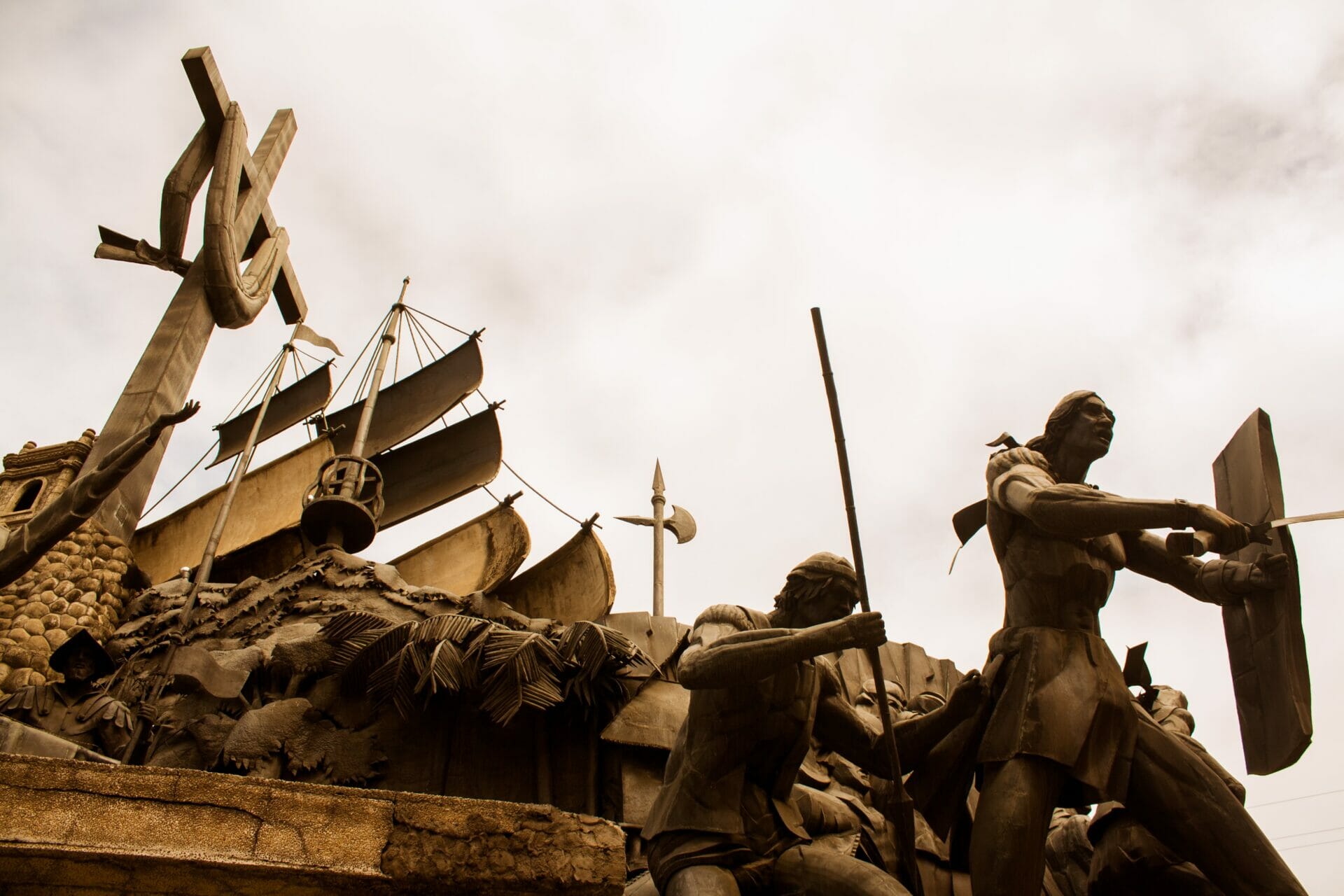Cebu City: The Philippines’ First Capital
By Kryshia Gayle Solon
HAPI Scholar
 Before Metro Manila became the nation’s central hub for politics, commerce, and industrialization, there was Cebu City.
Before Metro Manila became the nation’s central hub for politics, commerce, and industrialization, there was Cebu City.
The Queen City of the South is one of the most pivotal islands in the history of the Philippines as it is where Magellan first set foot. The Spaniards named it Islas Filipinas after Philip II of Spain. When Ferdinand Magellan arrived in the Philippines in 1521, he and his men found an archipelago full of beautiful beaches, exotic wildlife waiting to be explored… and native Filipinos who weren’t exactly keen on being colonized. Although Magellan had orders from the King of Spain to explore the area, he didn’t expect that it would be so difficult to conquer the natives’ defenses. A revolt by the locals culminated in the Battle of Mactan in 1521, fought between the explorers led by Ferdinand Magellan and the natives of the Island of Mactan. Lapulapu, a Datu in Mactan, led the battle and defeated Magellan’s forces. This victory enabled the natives to regain control of the island of Mactan from the Spaniard colonizers. It is said that this victory delayed the Spanish Colonization efforts in the area for over a century.
It is said that [Lapulapu’s] victory delayed the Spanish Colonization efforts in the area for over a century.
Unfortunately, the battle didn’t stop the Spanish from colonizing the rest of the Philippines in the early 1600s. The Spanish built several forts throughout the country where they established their colonies. One of them, Fort San Pedro, can be found in Cebu City.

Cebu also became an important trading port during the Spanish colonial period because it provided easy access to important trade routes between Manila and Mindanao. Not long after, the Spanish established the city of Cebu which served as the capital of the whole Philippines. Hence, Cebu became known as the oldest city and the first capital of the Philippines. The city grew to become the largest and most prosperous city in the Philippines because of its rich soil, fertile soil, ideal climate, and natural harbor which provided shelter to ships laden with valuable cargo. This made Cebu an ideal trade center and one of the major ports in the region. The bustling city center soon became the financial and commercial capital of the Philippines, which in turn attracted foreign investors from all over the world to set up businesses in the city. Since then, the city has grown into a cosmopolitan city and one of the country’s most important centers of commerce and business. Over the years, though, Cebu has undergone significant changes due to the influx of foreign tourists and immigrants who have settled in the city. It has now become a major tourist attraction due to its numerous historic sites and fascinating cultural attractions.
~
References:
History of the Philippines. (n.d.). https://www.csub.edu/pacificrim/countryprospectus/history.htm
Battle of Mactan. (n.d.). DBpedia. https://dbpedia.org/page/Battle_of_Mactan
The Editors of Encyclopaedia Britannica. (1998, July 20). Cebu City | Philippines, Facts, History, & Points of Interest. Encyclopedia Britannica. https://www.britannica.com/place/Cebu-City









